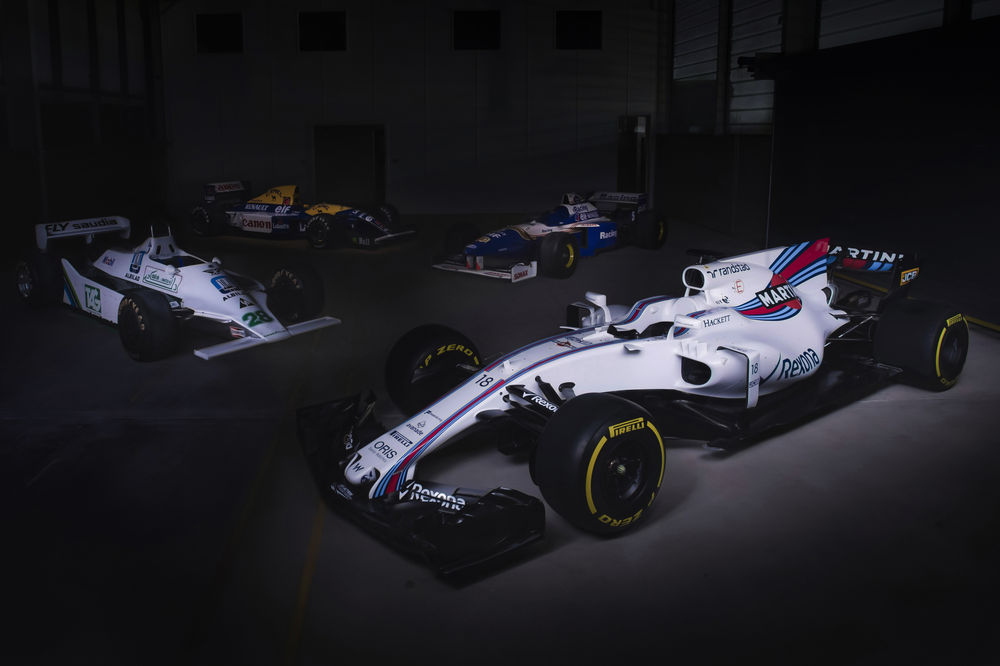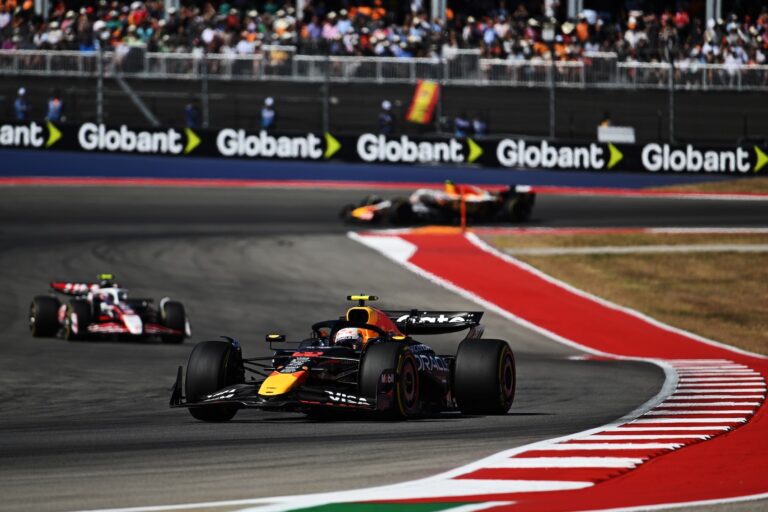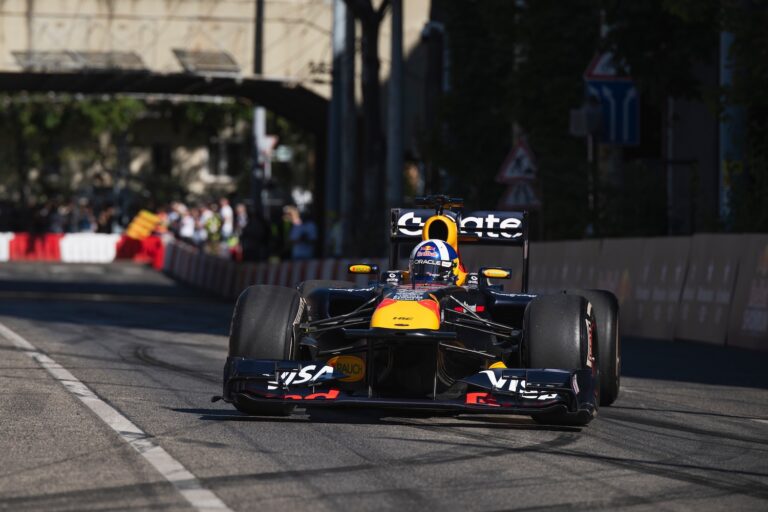Williams Martini Racing has today revealed its 2017 Formula One challenger — the Williams Mercedes FW40 — ahead of pre-season testing in Barcelona. The new car, unveiled through an exclusive digital release, will hit the track for the first time on Monday, 27th February, with Felipe Massa behind the wheel at the Circuit de Barcelona-Catalunya.
The unveiling marks the beginning of a new chapter for Formula One, as sweeping technical regulations are set to radically reshape the competitive landscape of the sport. With fans and teams alike eagerly anticipating the return of wider tyres, enhanced aerodynamics, and increased physical demands, the 2017 season promises to be one of the most exhilarating in recent memory.
Celebrating 40 Years in Formula One
This year, Williams proudly celebrates four decades of racing heritage, and the FW40 is a fitting tribute to that milestone. Its name departs from the traditional chassis naming format to commemorate the team’s 40th anniversary in the pinnacle of motorsport.
Visually and technically, the FW40 represents a major evolution over its predecessor, the FW38. The new car features wider bodywork, a broader front and rear wing, and substantially larger tyres, in line with Formula One’s revised regulations aimed at increasing downforce, mechanical grip, and overall cornering speed.
FW40 ready to go ! @WilliamsRacing God bless 🙏🏻 pic.twitter.com/SS0cDZ661V
— Felipe Massa (@MassaFelipe19) February 25, 2017
Faster, Tougher, More Demanding
The performance characteristics of 2017’s F1 cars will be unmistakably different. Expect significantly faster cornering, shorter braking distances, and increased G-force loads, all of which will push drivers to their physical limits. During the off-season, fitness regimes have been tailored to emphasise upper body and neck strength to withstand the intense forces these new machines will deliver.
Though higher downforce levels bring increased aerodynamic drag, they are offset by the improved grip and handling capabilities of the new tyre specifications — front tyres are now 60mm wider, and rear tyres 80mm broader than in 2016. Lap times are expected to tumble, and long-standing circuit records may well fall.
Tyres and Pit Stop Strategy: A New Challenge
The drastic change in tyre dimensions poses a significant challenge — not just for performance engineers but for pit crews, too. With heavier tyres and revised wheel guns, teams must refine their pit stop choreography to maintain — and hopefully improve — their competitive edge in the pits. Williams, known for its blisteringly quick stops, has been preparing intensively to uphold its reputation as the fastest pit crew in Formula One.
READ MORE: Kimi Räikkönen Takes the Ferrari GTC4Lusso T for a Spin
Understanding the new Pirelli tyres — how they behave under varying loads, temperatures, and compounds — will be one of the key determinants of success in 2017. The Williams technical team has ramped up its tyre analysis programs in preparation for the season opener in Australia.
Core Power, New Look
While the aerodynamic and mechanical changes are eye-catching, the power unit — supplied by Mercedes — remains largely unchanged. The core architecture surrounding the power unit also stays consistent, ensuring reliability as the team adapts to the new aero regulations.
All Eyes on Barcelona and Beyond
Pre-season testing in Barcelona will offer the first true performance indicators of the 2017 cars, but as history has shown — particularly during the 2014 engine regulation shake-up — the proper pecking order won’t be fully revealed until the lights go out in Melbourne.
With tighter margins than ever before, adaptability and precision will be crucial. The FW40 represents not just a technological leap, but also Williams’ continued commitment to excellence, innovation, and its enduring passion for Formula One.








